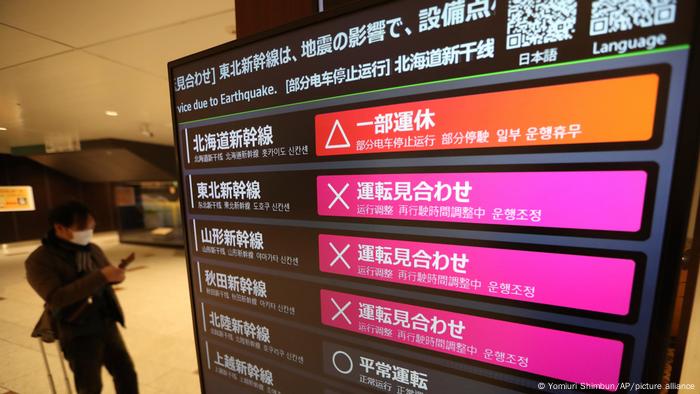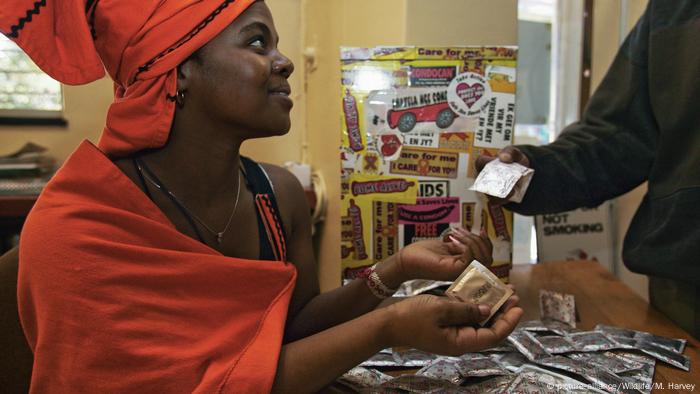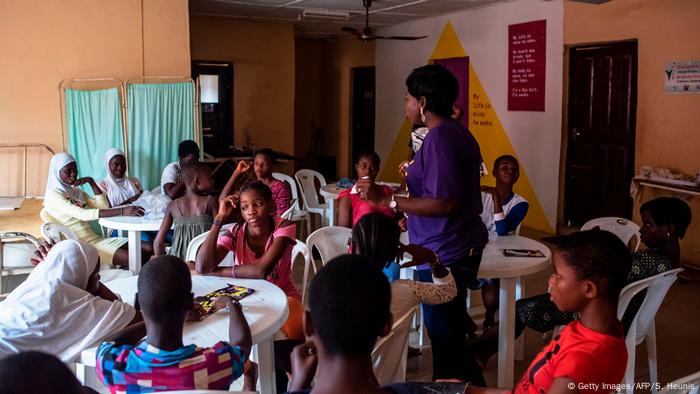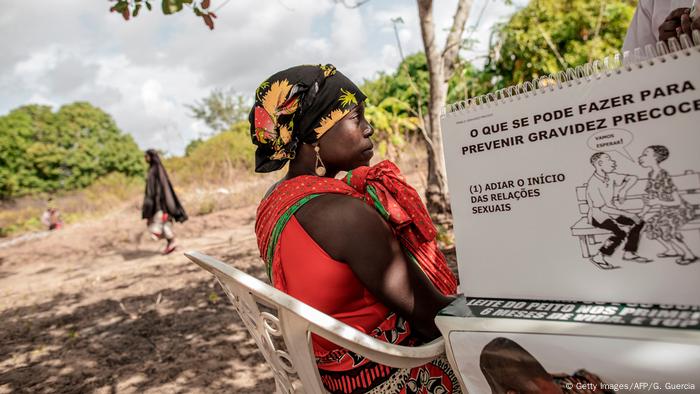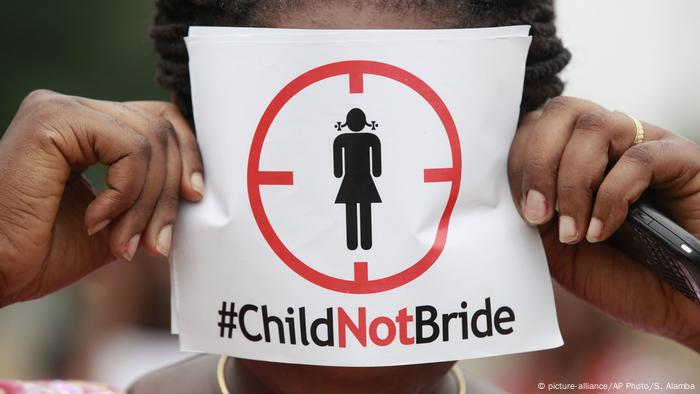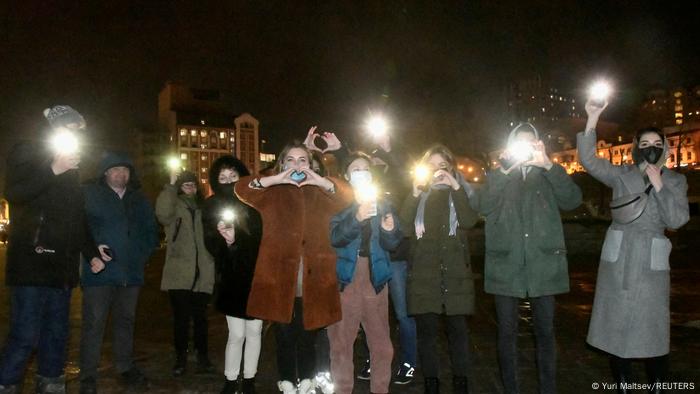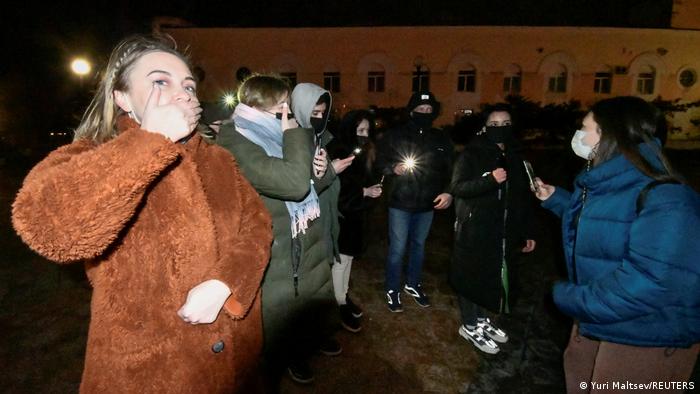Harvard Law professor's 'comfort woman' article under review, journal says

An article by a Harvard Law professor who has described the history of “comfort women” forced to serve in Japanese wartime brothels as “pure fiction” is being investigated, the International Review of Law and Economics said.
File Photo by Keizo Mori/UPI | License Photo
Feb. 12 (UPI) -- A controversial article on "comfort women" is under review after complaints from the academic community about the work authored by J. Mark Ramseyer, a professor of Japanese legal studies at Harvard Law School.
The International Review of Law and Economics said it has been notified of issues related to the piece, "Contracting for sex in the Pacific War," a week after Harvard Law students denounced the article.
"The International Review of Law and Economics is issuing an Expression of Concern to inform readers that concerns have been raised regarding the historical evidence in the article list above," the journal said in statement Thursday.
"These claims are currently being investigated and the International Review of Law and Economics will provide additional information as it becomes available."
Feb. 12 (UPI) -- A controversial article on "comfort women" is under review after complaints from the academic community about the work authored by J. Mark Ramseyer, a professor of Japanese legal studies at Harvard Law School.
The International Review of Law and Economics said it has been notified of issues related to the piece, "Contracting for sex in the Pacific War," a week after Harvard Law students denounced the article.
"The International Review of Law and Economics is issuing an Expression of Concern to inform readers that concerns have been raised regarding the historical evidence in the article list above," the journal said in statement Thursday.
"These claims are currently being investigated and the International Review of Law and Economics will provide additional information as it becomes available."
Legal experts have said the article, which has been released online but is not available in print until March, contains incorrect claims about the women, who, according to Ramseyer, were involved in a "consenting, contractual process."
"The economic relationship that was deployed, even according to Ramseyer's own research, is very close to what we would ordinarily call debt slavery," said Harvard Law School professor Noah Feldman, according to the Harvard Crimson earlier this week.
Feldman, who said the arrangement is similar to sharecropping contracts in the Jim Crow South, also said they are "designed to and do exploit the vast power discrepancy between different actors and institutions."
RELATED Harvard Law students decry professor's paper on 'comfort women'
Ramseyer's ideas may have little sway on the international stage, where the United Nations has already found conclusive evidence of atrocities against "women victims of military sexual slavery during wartime."
But in Japan, where the government has challenged calls for an apology, the notion the women from Korea, China, Taiwan, the Philippines, and the Netherlands were voluntary sex workers has joined mainstream discourse.
Last month, Ramseyer said in an article published in Japan Forward, a site of Japan's right-leaning Sankei Shimbun, the reports of comfort women were "pure fiction."
The article was published a week after a South Korean court ordered Japan to pay about $90,000 per plaintiff.







